The Ultimate Second Brain Blueprint for Creators & Business Leaders
Stop Drowning in Research and Start Creating Impact With This Action-Oriented Second Brain Method
Thanks for reading! To access our community, full prompt library, coaching, and AI tools saving leaders 5-10 hours per week, check out our Premium Hub.
Most of us have turned our idea storage system into a digital garage sale.
You know the scene. Boxes of "someday useful" items are stacked everywhere. That article you saved six months ago about leadership trends. The podcast transcript from that strategy expert. The brilliant insight you voice-recorded after a client call. All organized… somewhere, gathering digital dust.
Meanwhile, you're standing in the middle of this knowledge warehouse, paralyzed by choice, scrolling through hundreds of saved items when you need to create something meaningful. Sound familiar?
Here's what simplified this for me: The difference between knowledge collectors and content creators isn't what they save, it's what they build.
Your second brain shouldn't be a storage unit. It should be a creative workshop where ideas become impact.
After two years of refining my approach, I've built a system that transforms scattered thoughts into published articles in about 60 minutes. Not 60 hours of research. Not 60 days of perfect organization. An hour from idea to broadcasted impact.
I will show you how I created my second brain with AI, and how you can too.
The Information Crisis That's Burning Out Leaders
This shouldn’t surprise you… IDC research shows the average knowledge worker spends 2.5 hours daily just searching for information. That was my life. Over 600 hours per year spent looking for things I already saved.
The 2024 information overload crisis isn't just about volume anymore. It's about the productivity burnout that comes from constantly consuming without creating.
Leaders are drowning in content, newsletters, and saved articles while their own voice gets buried in the noise.
I was trapped in this cycle. Save everything, organize nothing, and when it came time to create, start from scratch because finding my own insights felt harder than beginning over.
Most people try to solve this with better organization. I solved it by organizing less.
The problem isn't information scarcity. It's activation. Most second brain systems turn you into a digital librarian when what you really need is to become a content creator.
My 6-Step Second Brain System That Actually Creates
So I built something different. Not another organization system, but a creation system. Here's what I actually do every Wednesday during my two-hour focus block to turn scattered ideas into published content:
Step 1: Friction-Free Capture
Look, capturing ideas used to be my biggest bottleneck. Now I use two dead-simple methods:
Quick notes on paper that get added to my task list later
Voice capture using my phone's shortcut (double-tap the back, dictate the idea, automatically saves to my to-do list)
You need zero friction between brain and capture. No apps to open. No categories to choose. Just brain to storage in under 10 seconds, then get to it when you can.
Step 2: Idea Selection During Focus Time
Every Wednesday, I set aside 2 hours to review my captured ideas and select one that resonates with where I am that week. The key? I don't overthink this step. If an idea made it to the list, it already passed my initial filter of "worth remembering."
This weekly rhythm creates momentum without overwhelming my daily workflow.
Step 3: Research with NotebookLM
Once I've selected my idea, I use NotebookLM (Google's AI research assistant) to find relevant YouTube videos, Harvard Business Review articles, and McKinsey insights that inform my approach. This isn't about collecting everything - it's about finding 3-5 credible sources that add depth to my perspective.
NotebookLM helps me quickly identify what's already been said so I can focus on what I want to add to the conversation.
Step 4: AI Collaboration (Not Delegation)
Here's where my system gets interesting. I've built a 16-page set of custom AI instructions in Claude that knows my workflow, voice, and process. It's not a template - it's a thinking partner.
Two things make this collaboration actually work:
It's a living organism. I constantly update and improve the instructions as I grow as a leader and creator. Your AI should evolve with you, not stay static.
It knows my workflow. The AI doesn't move to the next step until I've agreed that the current step is complete. This stopped me from making the mistake I used to make - letting AI race ahead while I'm still thinking through the foundation.
Want the exact template that took me two years to perfect? Premium members get access to my complete 16-page Claude project instructions, plus step-by-step setup guidance so you can adapt it to your leadership style and content goals. No more starting from scratch or wondering what prompts actually work.
Premium Subscribers also get 1 on 1 coaching with me to create your system.
Access the Claude Template in Premium Hub
Step 5: Publication Review and SEO
My Claude setup generates a final review that checks for repetition, ambiguity, and clarity. Once I accept suggested changes, it produces the final copy plus SEO title, description, and five thumbnail prompts based on my brand guidelines.
Step 6: Image Generation and Launch
I select the best thumbnail prompt, run it through Gemini (Google's image AI), and have a complete article ready to publish.
The entire process from idea selection to published post: around one hour.
The Mindset Shifts That Make This Work
There Was No Lightning Bolt Moment
Don't expect a dramatic breakthrough where everything clicks. But there was a turning point. The day I realized I was spending more time organizing ideas than creating with them.
I started with an imperfect system and improved it through use. Progress beats perfection every single time.
Embrace Tool Evolution
I use Claude and Gemini today, but I've switched tools twice this year. The key is building processes that survive tool changes. When better options emerge, you can migrate without losing your process.
The power isn't in the specific apps - it's in the consistent process that can adapt to new technology.
The best second brain system is the one you actually use, not the one that looks perfect in theory.
Let’s see it all together…
Building Your Own Creation-Focused Second Brain
Want to skip the two years of trial and error I went through? Here's how to start this week:
Week 1: Pick one capture method and use it for seven days. Nothing else. Just capture.
Week 2: Add a weekly review session. Fifteen minutes. Pick one idea that excites you.
Week 3: Research that idea using any tool you prefer. Spend 30 minutes max.
Week 4: Write something. Anything. A paragraph, an email, a social post. Create output.
This system took me two years to perfect. You don't need to reinvent it from scratch. Premium members get direct access to me for questions, troubleshooting, and customization advice - saving you the $500/hour consultation rate. Simply send me a direct message and I'll help you adapt this framework to your specific leadership context and creative goals.
The difference between leaders who consistently create impact and those who stay stuck in research mode? They start before they're ready.
If You Only Remember This
Start imperfect and improve through use - waiting for the perfect system means never starting
Organize by your thinking process - not by arbitrary categories or alphabetical order
Focus on activation over accumulation - your second brain should create output, not just store input
Build AI partnerships, not dependencies - collaborate with AI tools that know your workflow and voice
Fight information overload with creation - the best defense against too much input is consistent output
Your Next Step
How do you currently handle the gap between saving great ideas and actually turning them into something meaningful?
PS: Many subscribers get their Premium membership reimbursed through their company’s professional development $. Use this template to request yours.
Let’s Connect
I love connecting with people. Please use the following connect, collaborate, if you have an idea, or just want to engage further:
LinkedIn / Community Chat / Email / Medium




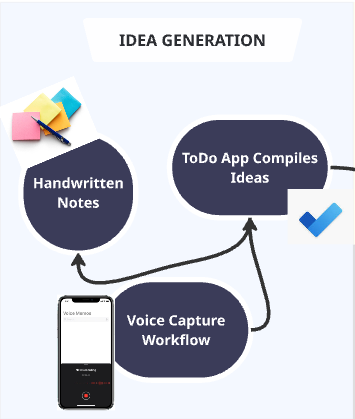
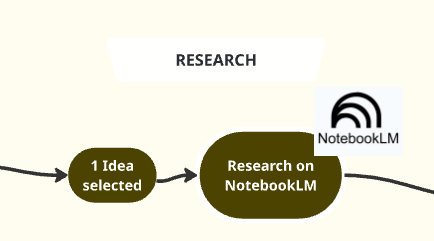
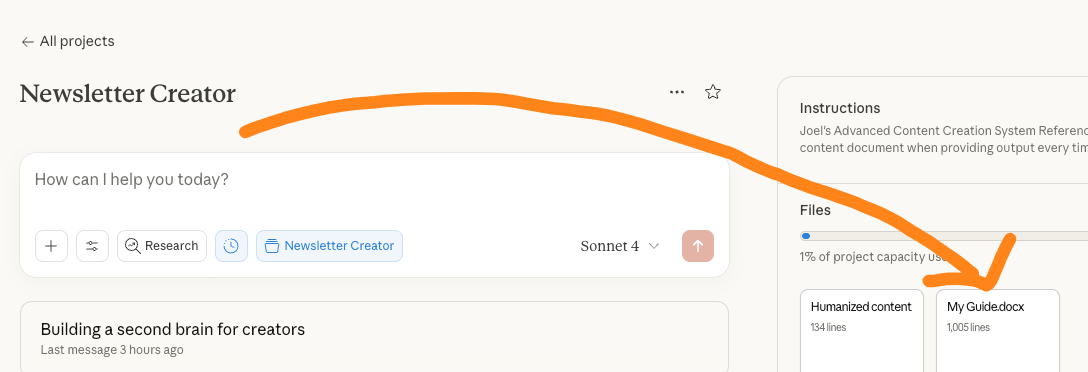
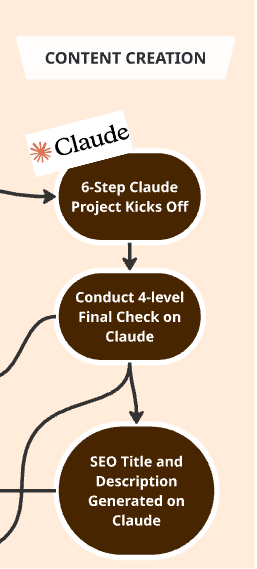

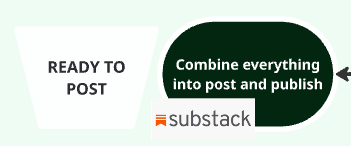
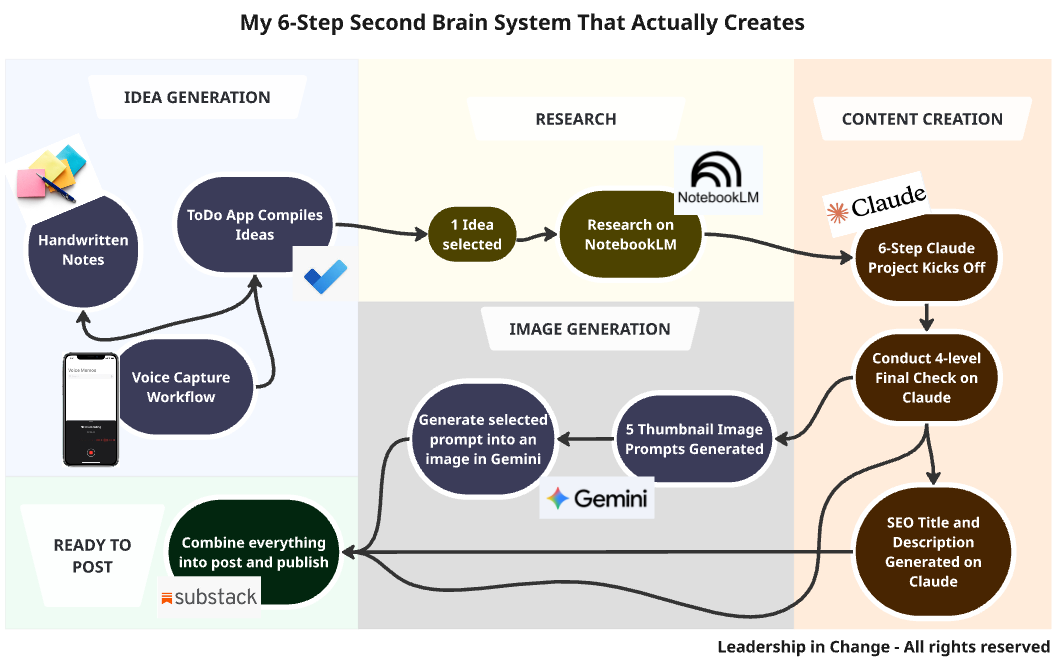
I know the overwhelm of saved ideas that never see the light of day.
I use My Accountability Partner to turn captured thoughts into consistent output without overthinking. It keeps my creative process moving week after week.
How do you decide which idea deserves your focus first?
Great stuff here! Thanks for sharing, Joel.